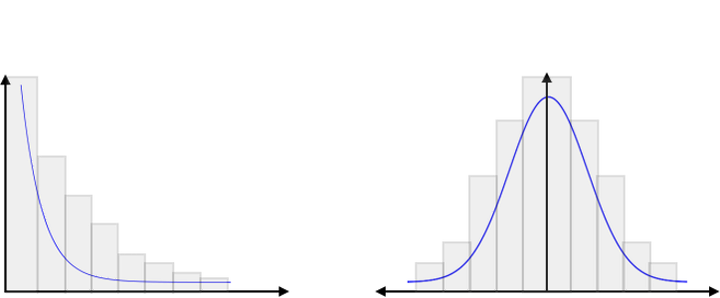Partially observed epidemics in wildlife hosts: modelling an outbreak of dolphin morbillivirus in the northwestern Atlantic, June 2013–2014

Abstract
Morbilliviruses cause major mortality in marine mammals, but the dynamics of transmission and persistence are ill understood compared to terrestrial counterparts such as measles; this is especially true for epidemics in cetaceans. However, the recent outbreak of dolphin morbillivirus in the northwestern Atlantic Ocean can provide new insights into the epidemiology and spatio-temporal spread of this pathogen. To deal with uncertainties surrounding the ecology of this system (only stranded animals were observed), we develop a statistical framework that can extract key information about the underlying transmission process given only sparse data. Our self-exciting Poisson process model suggests that individuals are infectious for at most 24 days and can transfer infection up to two latitude degrees (220 km) within this time. In addition, the effective reproduction number is generally below one, but reaches 2.6 during a period of heightened stranding numbers near Virginia Beach, Virginia, in summer 2013. Network analysis suggests local movements dominate spatial spread, with seasonal migration facilitating wider dissemination along the coast. Finally, a low virus transmission rate or high levels of pre-existing immunity can explain the lack of viral spread into the Gulf of Mexico. More generally, our approach illustrates novel methodologies for analysing very indirectly observed epidemics.